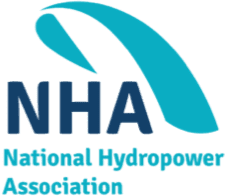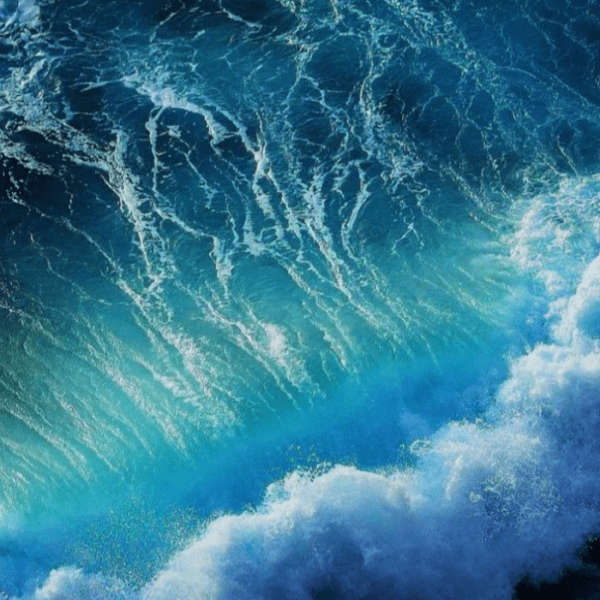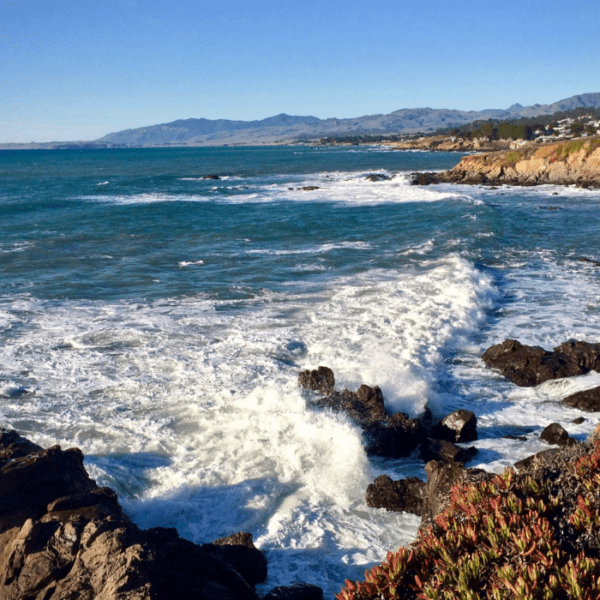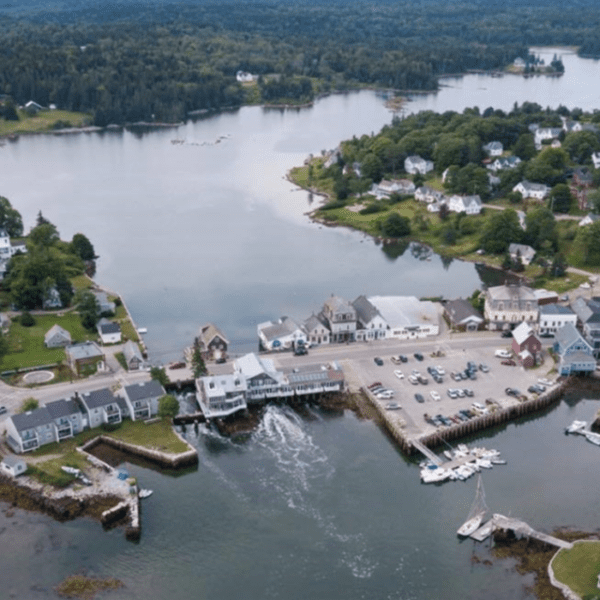The University Marine Energy Research Community (UMERC) recently published a Technology Innovation System Analysis (TIS) entitled “Analyzing the U.S. Marine Energy Technological Innovation System.” The analysis looks at the current state of the Technology Innovation System, its structure, and its functionality.
The information presented in the TIS is used to help provide recommendations on how to strengthen the United States’ technology innovation system to support advanced innovation in the U.S. marine energy sector.
The outcomes of the study included the following takeaways:
- The U.S. has highly regarded research institutions and laboratories with complex connections between them.
- The U.S. possesses strong support infrastructure and testing.
- The complexity of regulatory institutions and processes, as well as the lack of connections between marine energy sectors and adjacent marine engineering sectors, are hindering innovation.
Dr. Shana Hirsch, the author of The University Marine Energy Research Community’s TIS report, was able to provide some insight on what goes into creating a TIS, as well as why they’re useful tools in understanding and deciphering how complex relationships function.
WHY IS TECHNOLOGY SYSTEM ANALYSIS IMPORTANT?
When Dr. Shana Hirsch was asked about the TIS process, and what a TIS aims achieve, Dr. Hirsch stated, “It’s basically a way of thinking about research and innovation as taking place in a complex ecosystem of players and relationships, breaking those players and relations down into parts, and looking at how the parts function together.”
The TIS concept has been used for decades by innovation policymakers and scholars. “For example, a TIS analysis was done on wave energy in the United Kingdom (UK) and another one on offshore wind in the Netherlands. Marine energy is an emerging technology, and our entire innovation system needs to be supporting innovation in marine energy in the right way in order for it to move into the next phase of innovation,” states Hirsch.
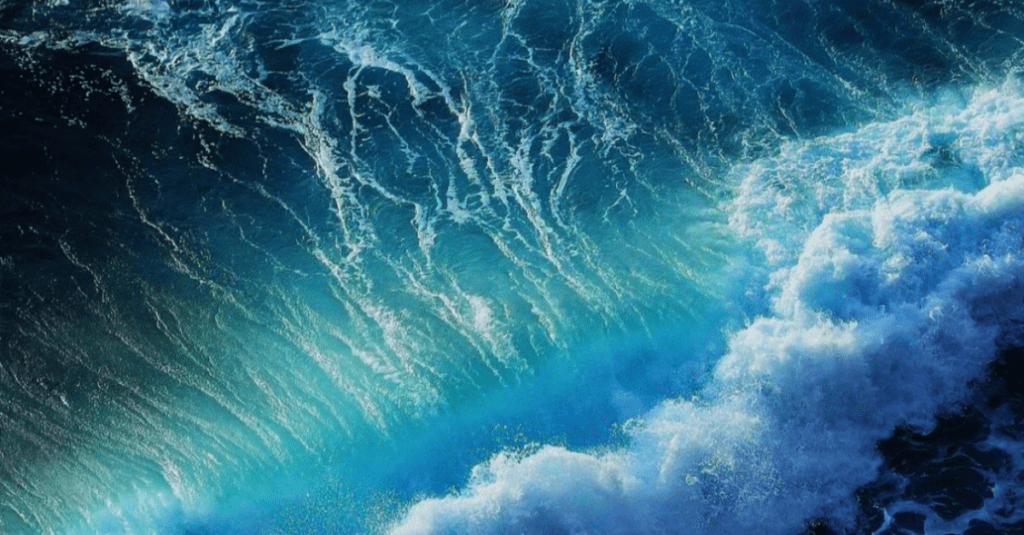
A TECHNOLOGY SYSTEM ANALYSIS IN ACTION
For the U.S.’s marine energy TIS, Dr. Hirsch examined the people and institutions involved in marine energy research, both from academic institutions, national labs, and private sector technology development companies. Dr. Hirsch was able to complete the TIS via number of different avenues, including using a database called Dimensions AI.
Dimensions AI is database that collects data for grants, publications, data sets, clinical trials, patents and policy documents all in one database. Due to the fact that they are able to track all of this information in a single database, they’re able to track the entire lifecycle of research from funding through the end of a project, which also helps to track the impact of a project.
“Admittedly, it was a lot of data to collect, but I was helped immensely by a cool new database called Dimensions AI. I was able to use their database to find all of the research taking place in marine energy in the U.S., and I could visualize networks and changes in the research over time.”
A survey was also conducted that included questions about the survey taker, such as “What kind of work do you do?” and “How long have you been involved with marine energy?” In addition, the survey also gathered more opinionated information regarding the clarity of the path forward as it related to research and marine energy. Finally, Dr. Hirsch held over 20 interviews with members of the marine energy sector to get a more in-depth understanding of what the current state of the industry as it relates to research. ‘It was a lot of data to handle, but it’s fun to see what you can discover with that much data,’ stated Hirsch.
The outcomes of the study included the following: in terms of the structure of the U.S. marine energy innovation system, the United States has highly regarded research institutions and laboratories with complex connections between them. Also, the TIS found that the U.S. possesses strong support infrastructure and testing. In addition, the TIS identified significant areas for improvement that could be hindering innovation; particularly, the complexity of regulatory institutions and processes, as well as the lack of connections between marine energy sectors and adjacent marine engineering sectors.
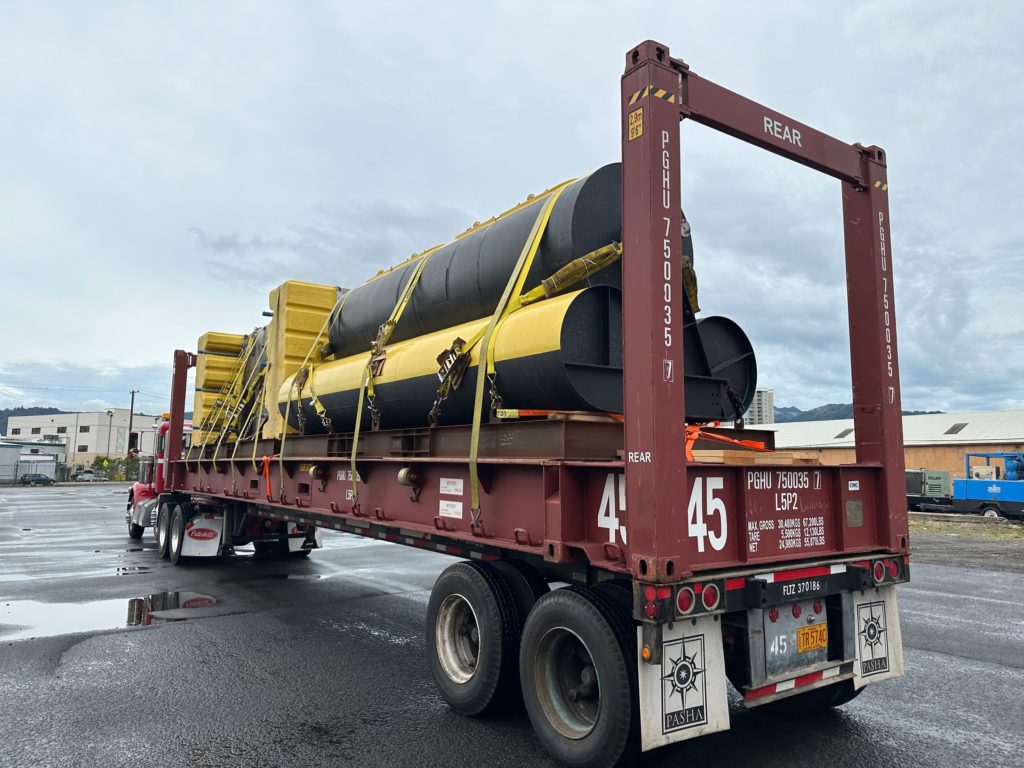
WEC during transportation to WETS (Wave Energy Test Center) in Hawaii.
WHAT COMES NEXT?
The work doesn’t stop with the TIS report. UMERC will use this information to inform decisions around the network’s workshops and other activities for years to come. Take for example UMERC’s relationship with the Department of Energy’s Water Power Technologies Office, which relies on UMERC to stay informed on the needs of the sector.
Dr. Shana Hirsch spoke to the continuing importance of TIS: “We want people to be interested in reading the document and use it as a tool to understand how innovation in the marine energy sector is moving. I’m going to be updating the data on publications, and also conducting surveys for the next three years. This should give us some interesting data to show how the TIS is evolving over time and what levers we can pull to support innovation in the sector.”
United by the goal to make innovation in marine energy thrive, the industry needs to understand what is going on, what is working, and what needs help in order to do so.
For more information, and to read the TIS, visit: https://umerc-us.org/page/technology-innovation-system-analysis

